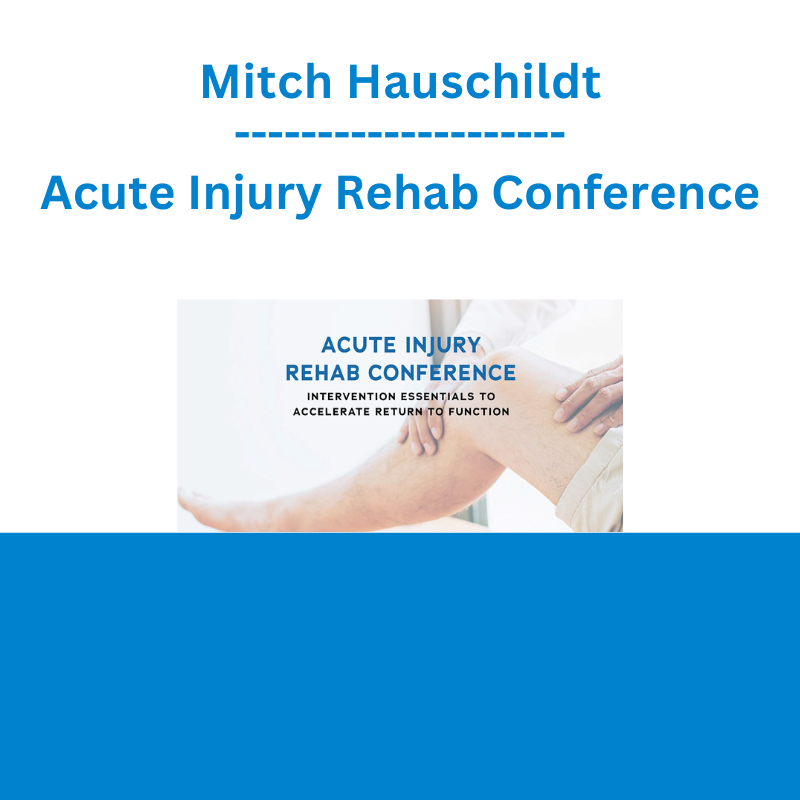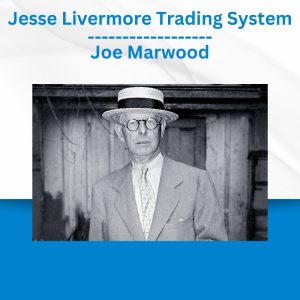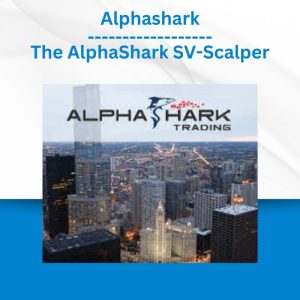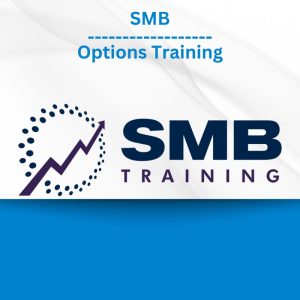*** Proof of Product ***
Exploring the Essential Features of “Mitch Hauschildt – Acute Injury Rehab Conference: Intervention Essentials to Accelerate Return to Function”
Speaker: Mitch Hauschildt, MA, ATC, CSCS
Duration: 11 Hours 49 Minutes
Format: Audio and Video
Copyright: May 24, 2023
Media Type: Digital Seminar
Description
Your patient is desperate to recover – and you are in charge of fast tracking their return to activity.
Developing a rehab program with a focus on the acute phase of healing is challenging.
Following injury or operative care, patients fear pain with movement and are apprehensive to reinjure themselves.
Initiate gentle mobilization techniques to guide your patient past fear avoidance. Plus, you’ll develop strategies to manage neurological threat and safely scale treatments to drive quicker return to function.
The acute phase of healing is the foundation of every rehab program. That is why we have brought forward Mitch Hauschildt, a rehab and physical performance professional with 15+ years of experience rehabilitating acute injuries, to impart actionable strategies guaranteed to accelerate functional outcomes in as soon as the first session.
It takes years of clinical experience to grow confidence, but time is of the essence when developing your practice. This conference will accelerate your ability to…
- Improve ROM with active multiplanar joint mobilizations
- Counter motor control deficits
- Identify, target, and correct muscle imbalances
- Boost cardiovascular fitness to promote tissue healing
This is the go-to acute rehab conference to accelerate recovery immediately following injury or operative care.
Register today for this premiere training and discover how YOU can help your patient return to boundless movement.
Speaker
Mitch Hauschildt serves as the prevention, rehab, and physical performance coordinator at Missouri State University, making him the leading expert on staff in the areas of injury prevention and rehabilitation. At MSU, he utilizes his knowledge of performance enhancement and sports medicine to coordinate the rehab and injury prevention programs for all 17 varsity sports. In his 16th year at MSU, he has also served as the athletic trainer for baseball, track and cross country, as well as strength and conditioning coach for men’s basketball and volleyball.
Mitch is the founder and president of Maximum Training Solutions, LLC, a full-service sports medicine consultancy that he created to help coaches, trainers, therapists, and other health professionals and athletes to reach their full potential in their athletic-related endeavors.
Over the years, Mitch has consulted with a variety of clients including universities, private physical therapy clinics, large market health systems, personal training studios, and high schools. Mitch has personally worked with thousands of athletes throughout his career. His clients have won world series rings, played in the NFL, NBA and MLS, and competed in the Olympics, but most importantly, they have achieved great personal success in local competitive events and leagues. Mitch is a noted speaker on both a regional and national level and has been published multiple times in professional journals and coaching websites.
Speaker Disclosures:
Financial: Mitch Hauschildt is the founder of Maximum Training Solutions, LLC and has employment relationships with Missouri State University and Fitness Anywhere, Inc. He is a content contributor for Titan Nutrition and is the health & wellness contributor for the Springfield Police Department. Mitch Hauschildt receives a speaking honorarium and consulting fee from Suji Sub, Inc., and a speaking honorarium from RockTape and Dry Needling. He receives royalties from Fringe and American Council on Exercise. Mitch Hauschildt receives a speaking honorarium, recording royalties, and a consultant fee from PESI, Inc. All relevant financial relationships with ineligible organizations have been mitigated.
Non-financial: Mitch Hauschildt serves as an advisory board member for Evergreen Certifications. He is a member of the National Athletic Trainer’s Association.
Objectives
- Assess acute injury and the need for early interventions.
- Investigate obstacles to early interventions and evaluate opportunities for modifiable task training.
- Analyze neurological threat and its impact on pain, range of motion, strength, motor control, and overall function.
- Propose clinical interventions to manage neurological threat.
- Utilize manual therapy techniques within an acute care treatment program.
- Determine the role and efficacy of vibration tools.
- Integrate cupping therapies in an acute care treatment program.
- Choose appropriate compression devices to manage fluid and optimize healing.
- Implement kinesiology taping applications in an acute care setting.
- Evaluate the role exercise and fitness plays in early injury interventions.
- Demonstrate the role that tissue temperature, alternative modalities and supplements can have on tissue quality.
- Apply optimal acute care concepts to knee, hip, spine, and shoulder injuries including ability to perform occupational tasks and ADLs for home independence.
Outline
Acute Care Fundamentals:
- Why early interventions are critical for acute injuries
- Contraindications and identifying warning signs
- Importance of initiating cardiovascular fitness following acute injuries
Overcoming Acute Care Obstacles:
- Understanding and managing neurological threat
- Handling fear avoidance behaviors
- Managing inflammation, fluid accumulation and tissue health
- PRT techniques to initiate early mobilization
- Downregulating tone following acute injuries
Additional Acute Care Considerations:
- Driver’s Education – applying various tools, modalities, exercises, and concepts to any acute injury
- Enhancing return to functional independence through integration of modified ADLs and occupational tasks
- Impact of tissue temperature and supplementation on tissue quality
- Determining appropriate compression devices following acute injury
Feeding The System:
- Manual therapy interventions – scar tissue management, painful ROM, joint capsule mobility
- Active/passive multiplanar joint mobilizations – soft tissue restrictions, stiffness, nerve compression.
- Motor control – contralateral training, rotational moments, and selfmobilization techniques
- Tissue healing – vibration tools, cupping, dry needling, IASTM, and taping
- Joint stabilization progressions from isometric control to full dynamic movements in various positions – supine, prone, standing, and more
- Neuro-muscular re-education with progressive closed-chain exercises
Applying Acute Care Concepts to:
- Knee injuries:
- ACL repairs, total joints, knee arthroscopies’
- Acute non-operative injuries – ligament sprains and meniscal tears
- Shoulder injuries:
- The post op shoulder – labral repair, rotator cuff repair, biceps tenodesis
- Acute non-operative injuries – dislocations and subluxations
- Hip injuries:
- The post op hip – FAI, labral repairs, total joints
- Acute non-operative injuries – tendonitis, bursitis, piriformis syndrome
- Spine injuries:
- Acute spine injuries – discectomies, disc herniations, SI dysfunction, and more
Concluding thoughts:
- A review of best practices for treating acute injuries
- Next steps in improving – acute injury management and functional outcomes
Target Audience
- Physical Therapists
- Physical Therapy Assistants
- Athletic Trainers
- Occupational Therapists
- Occupational Therapy Assistants
- Strength and Conditioning Specialists
- Other Rehab and Healthcare Professionals
Please see the full list of alternative group-buy courses available here: https://lunacourse.com/shop/










 SMB - Options Training
SMB - Options Training  Chris Capre - Advanced Price Action Ongoing Training & Webinars
Chris Capre - Advanced Price Action Ongoing Training & Webinars